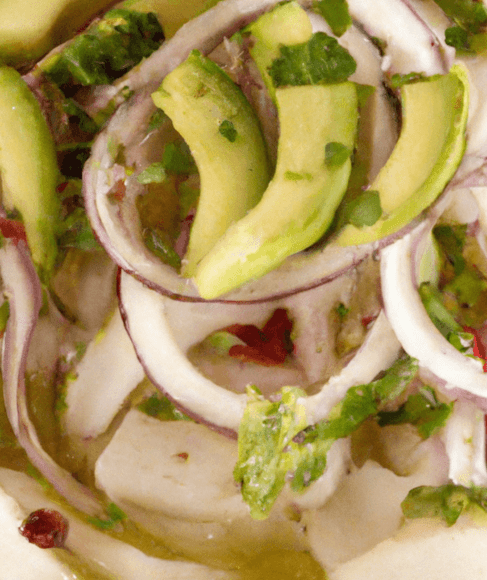Music, colors, smells and flavors make up the cultural mosaic of the Day of the Dead in Mexico.
From October 31 to November 2, a series of events takes place to commemorate the transitory return of our deceased. As part of this tradition we share five options to revive this tradition and pay tribute to our deceased.
- Catrina parades.
The imaginary around death has been echoed in rich artistic manifestations. La Catrina is irrefutable proof. It was the Mexican muralist Diego Rivera who created it. He was inspired by La Calavera Garbancera, the work of the hydrocalid illustrator, engraver and cartoonist José Guadalupe Posada. Currently, the Catrina is one of the central figures in the parades in honor of the Day of the Dead.
Where:
Relive the Catrinas parade in San Miguel de Allende which takes place on November 1 at 20:00 p.m. You can go as a spectator or become a Catrín or Catrina, the best costumes are awarded. Another option is the Festival of the Skulls of Aguascalientes Which takes place the last days of October and the first of November, floats, living altars, concerts and much more await you.
- Fiction turned reality.
The Day of the Dead has been a source of inspiration for movies. At the same time, reality has been inspired by them. This was the case of Specter (2015), with the James Bond scenes touring the Historic Center of Mexico City among skulls. Fiction that a year later became the Mega Day of the Dead Parade. On the other hand, the emotional film Coco (2017) led to the creation of a route through Michoacán that recalls many of its scenes.
Where:
To remember memorable fictional scenes made reality you can go to Mega Day of the Dead Parade from Mexico City, where alebrijes, skulls, catrinas and other mystical beings roam every October 31 on Paseo de la Reforma. Or follow the Coco tourist route in Michoacán, which is made up of places like Janitzio, Pátzcuaro and Santa Fe de la Laguna.
- Death tastes sweet.
The Catholic celebration of Todos Santos on November 1, included the display of "relics" - such as bones of Saints, to which miraculous powers were attributed. Both in Spain and in colonial Mexico, sweets began to be made that imitated said "relics", which were given the Arabic name of alfeñiques. The bread of the dead was another way to reproduce them.
Where:
Visit The Alfeñique Fair of Toluca, which dates back to 1630, when figures made with sugar began to be made. From mid-October to early November, you will find weaklings in the most diverse forms. Or if you love the Pan de Muerto, you can't stop visiting mitla, here the bakers are authentic artists who decorate the bread of the dead with filigree and delicate details.
- Visit pantheons.
To facilitate the return of souls to earth, some indigenous communities spread marigold flower petals and candles on the way from their homes to cemeteries. The tombs are cleaned and decorated with offerings and flowers. Music cannot be absent during the evening soiree.
Where:
Among the memorable sites that have already gained international fame are the Nahua village of Mixquic, in the State of Mexico, and the Zapotec town of Xococotlán, in Oaxaca.
- Offerings taken to another level.
Offerings are meticulously prepared with the favorite delicacies of the deceased. Among the western elements, the flowers, alfeñique sweets, breads and candles stand out; of the natives, the marigold flower, the fruits, the copal and the arrangement by levels - they represent the division of heaven, earth and the underworld. The photographs that remember loved ones, the confetti, as well as the sugar or chocolate skulls, cannot be missed.
Where:
A classic is the Megaofrenda of the UNAM, In Mexico City, since its first installation in 1997, at the Faculty of Medicine, it has had a diversity of themes and venues, including Universum, the Olympic Stadium or the emblematic Plaza de Santo Domingo. Another emblematic offering is that of Hanal Pixán in the Yucatán peninsula where near the graves of the relatives, an offering with typical dishes is placed, among them the mucbipollo, a delicious giant tamale wrapped in banana leaves and baked underground. .
Frequently asked questions from our readers:
catrina day of the Dead mexico traditions
Last modified: April 14, 2024










